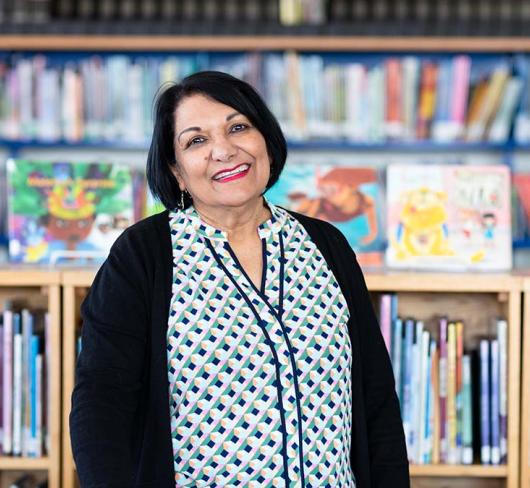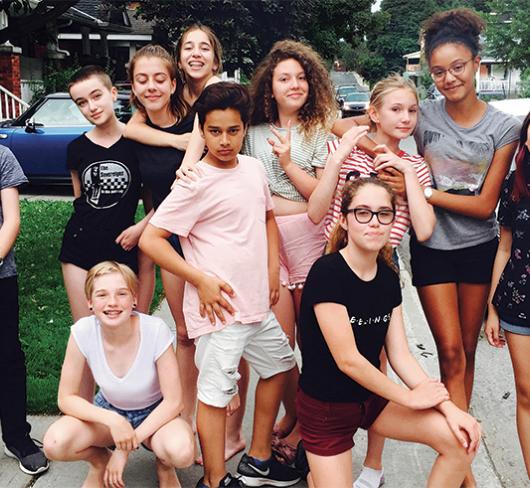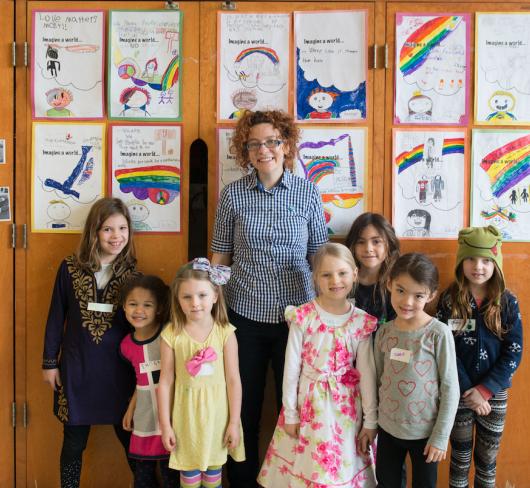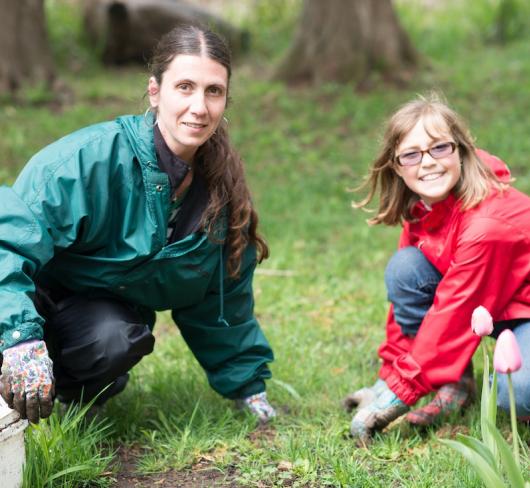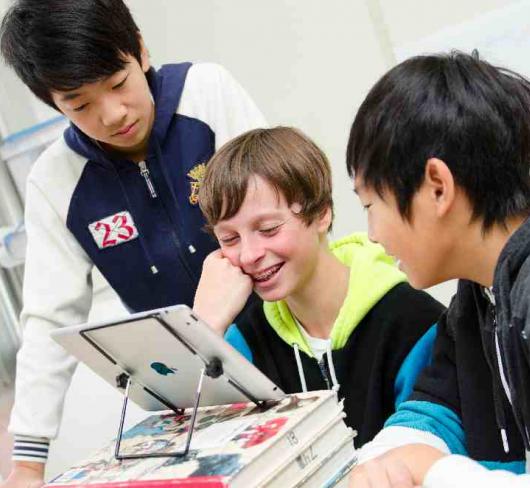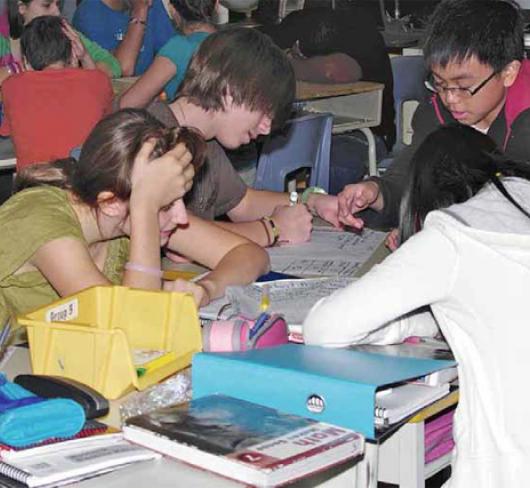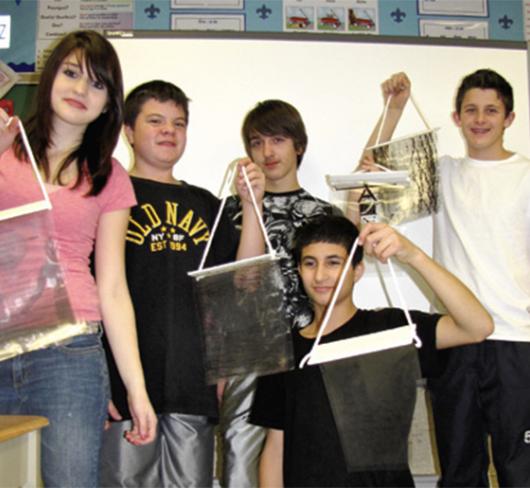Curriculum
Back in Time is Not an Option
Erika Shaker describes a conversation she had with Grade 7 students about the critical importance of the 2015 health curriculum, its impact on the students’ daily lives and what it means to go back in time to 1998.
The Stories We Teach
For the last eight years, I have been developing social justice curriculum for kindergarten-Grade 6 students at The Grove Community School.
Go for Green!
Go for Green is a bi-annual event at Millgrove School that proves a small school can accomplish big things.
Equity, Social Justice, and the Inclusive Classroom (Research for Teachers)
Commenting on his experience in trying to engage his “high-energy and at-risk” grade 6 students, a young male teacher noted:
Using Digital Technologies to Support Literacy Instruction Across the Curriculum
While the Internet is now the number one information source for both children and adults, research is showing that online reading differs significantly from print-based reading. In fact, learning how to obtain sound, relevant information from online sources requires specific kinds of practice and experience, and there is little evidence that schools are currently providing this experience.
Weaving Inspiration into the Curriculum (New Teachers Column)
One of the most rewarding aspects of teaching is the creativity and inspiration we can weave into the curriculum to bring deep and meaningful learning experiences to our students (and ourselves!).
Beacon for Education Reform
For the last decade, Finland’s success on international tests has caught the attention of education policymakers around the world. What is it about this small Nordic nation that has led to its students’ high performance in science, math, and reading assessments?
Making Math Matter
As an educator it has been my goal to captivate my students and engage them in their work However, engagement is not easy to come by when many students are uninterested in the subject matter that I am trying to teach.
ArtSmart: Using Art to Make Poetry Happen
Two years ago Lisa Galvan and colleague Kevin Alles, members of the Greater Essex County Teacher Local, created a visual arts resource for Intermediate teachers in their board. This was made possible through a grant from the Teacher Learning and Leadership Program (TLLP).
Pagination
- Previous page
- Page 2
- Next page
